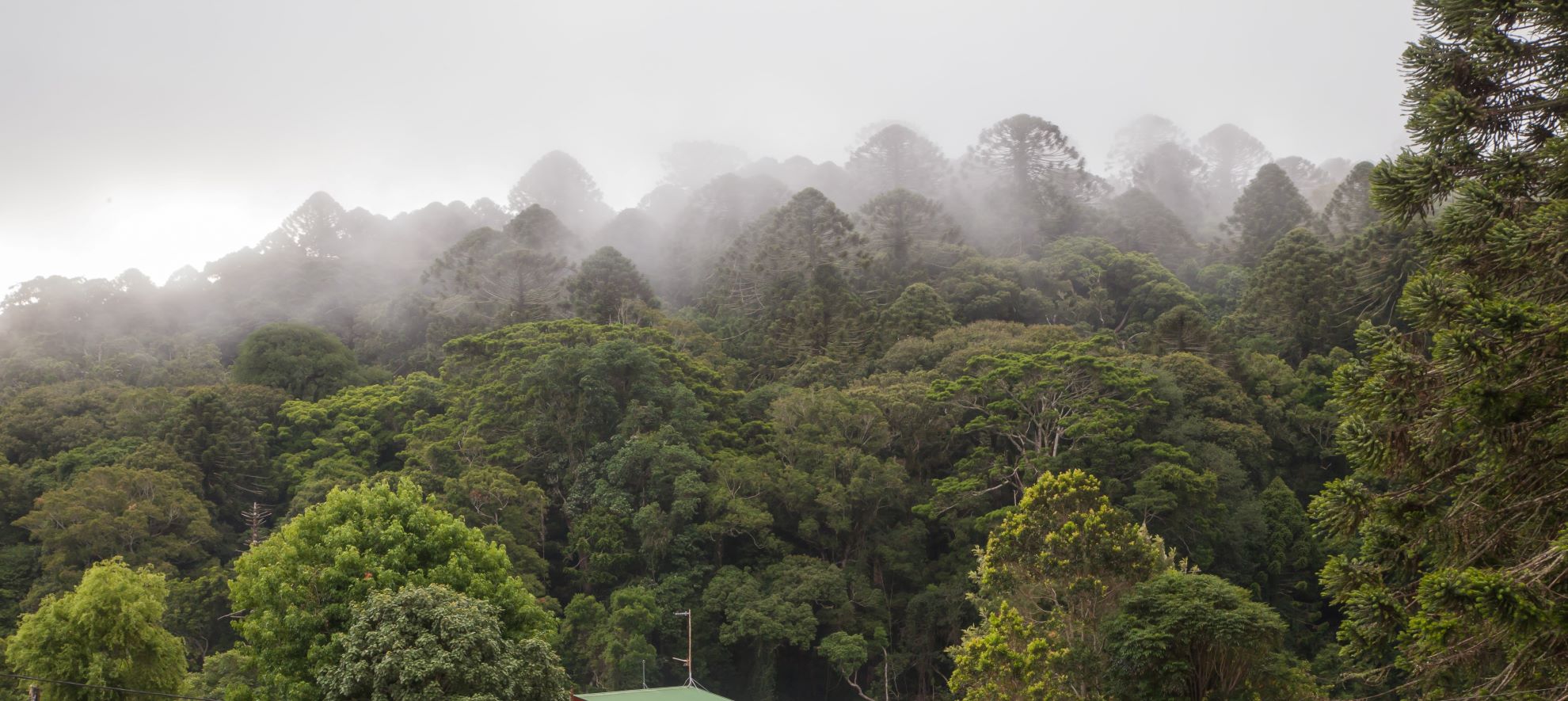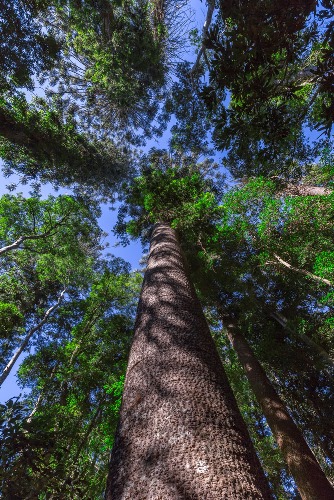BUNYA MOUNTAINS
EXPLORING THE MAJESTIC BUNYA MOUNTAINS
The Bunya Mountains are believed to be the remains of an old shield volcano, formed over 30 million years ago. They form an isolated section of the Great Dividing Range, rising abruptly from the surrounding plains, reaching 1100m above sea level.
Bunya Mountains National Park is the second oldest national park in Queensland and is home to the world’s largest stand of ancient bunya pines Araucaria bidwillii; over 120 species of birds; many species of mammals, frogs and reptiles; and more than 30 rare and threatened species.
Walk
The mountains contain 35km of walking tracks, many with impressive views, that take you through the bunya forests, eucalypt forests, grasslands and vine scrubs. Tracks range from 500m strolls to 10km hikes, and each track is numbered and classified so you can choose the right track for your walking experience and fitness level.
The eastern rainforest circuits start from Dandabah or the Paradise carpark and are all Class 3 walks, ranging from a 500m/10 minute return walk through the rainforest and bunya pines, to a 10km/3-4hr return through spectacular rainforest, grassland and some eucalypt forest, taking in the Big Falls lookout.
The western walks along the western cliffs generally start and finish at the picnic areas and can be linked to make a longer walk. They are Class 3 and Class 4 walks, ranging from a 2.5km/1hr return mountainside walk to view the Koondaii Valley, to a 12km/4hr walk featuring lookouts such as Bottletree Bluff and Ghinghion.
The Bunya Mountains Park Guide contains maps, track notes and other useful information, and can be downloaded from the Queensland Parks and Wildlife website. You can also visit the QPWS Information Centre at Dandabah for more information.
www.npsr.qld.gov.au/parks/bunya-mountains
Feed
Every day, multiple native bird feedings take place from the Bunyas Coffee Shop & Tavern precinct. Visitors can enjoy a close encounter with the local Australian King Parrots and Crimson Rosellas, thanks to a licensed interaction plan. Birds have an important role in the forest ecosystem and by eating seeds from native plants and redistributing them, they help ensure its regeneration. The birds are offered a small healthy snack without spoiling their appetite, so as not to interfere with their important ecological role.
Ride
See the Bunyas from a different perspective aboard the Bunya Mountains Horse Drawn Tours. There are five horse drawn tours to choose from, ranging from a short 10 minute novelty ride, to a two hour rainforest experience including damper and billy tea. The tours operate primarily over weekends and school holidays and leave from the General Store in Bunya Avenue.
Taste
One ‘must do’ Bunyas experience is trying a famous bunya nut! From December to March, Bunya pines drop cones containing the nuts. The nuts feature in many dishes at local cafes and restaurant. Visit Australia’s highest whiskey bar, Shackleton’s Whiskey Bar, where you can taste one of 116 varieties of whiskey by the warm fire or on the deck under the stars.
Shop
The Bunya Mountains Markets are held on the last Sunday of every month, from 9am until 2pm. You will find over 30 stalls featuring locally grown produce, handmade delicacies, homemade products, and art and craft.
Sleep
With so much to do, it is only natural that you would want to extend your stay in the Bunya Mountains to more than one day. Luckily, there are plenty of accommodation options available. The Bunya Mountains Accommodation Centre provides over 100 holiday homes, from small studios and cottages for one, to chalets that can accommodate over 20 people.
There are also three Bunya Mountains camping areas located in the National Park – Dandabah, Westcott and Burton Wells. Camping permits are required prior to setting up camp and fees apply.
Picture perfect
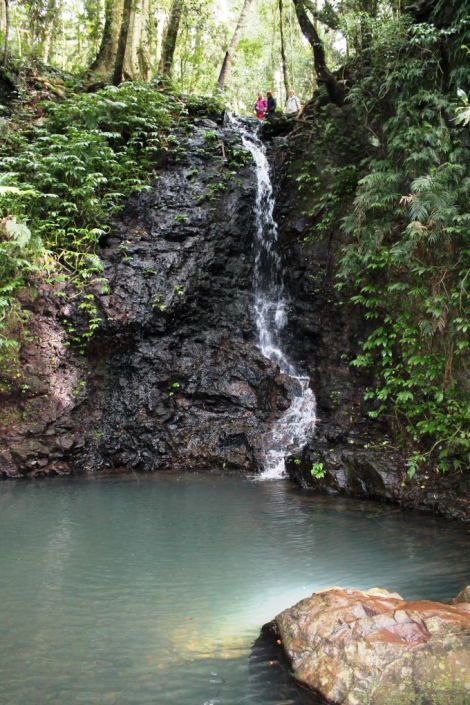
Walking Circuits
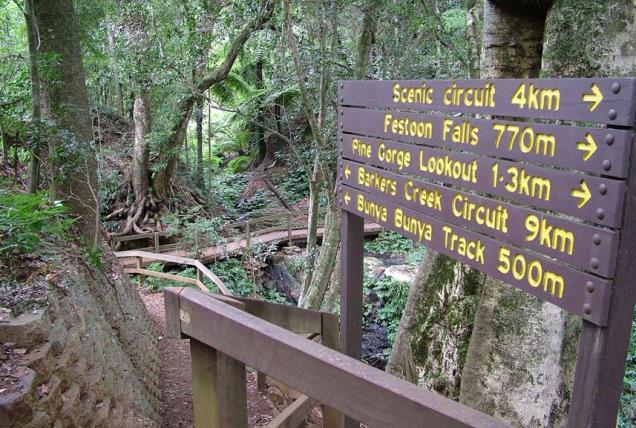
The famous Bunya Nut
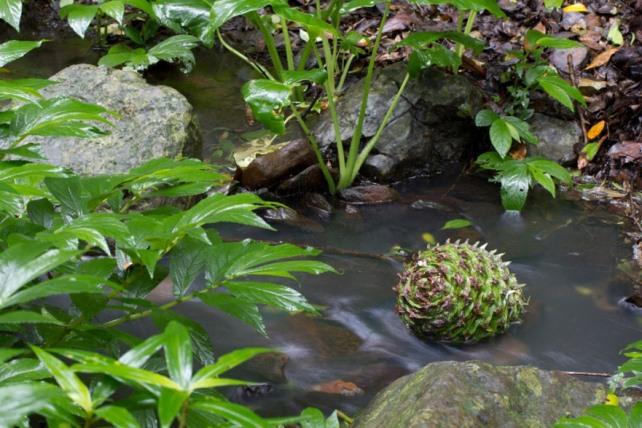
Enjoy the peace and quiet
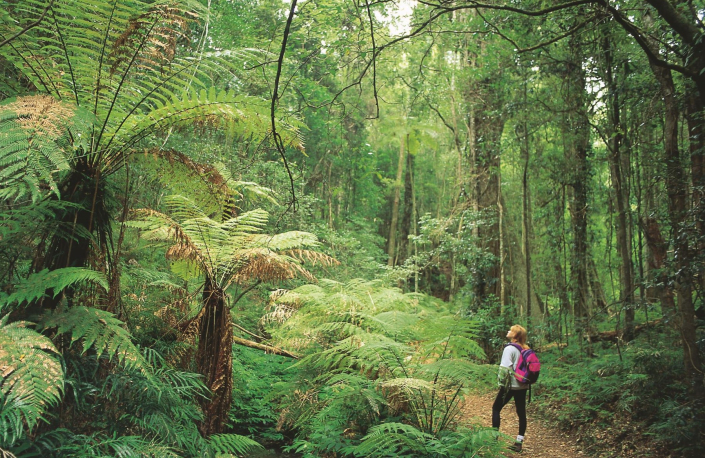
Bunya Mountains markets
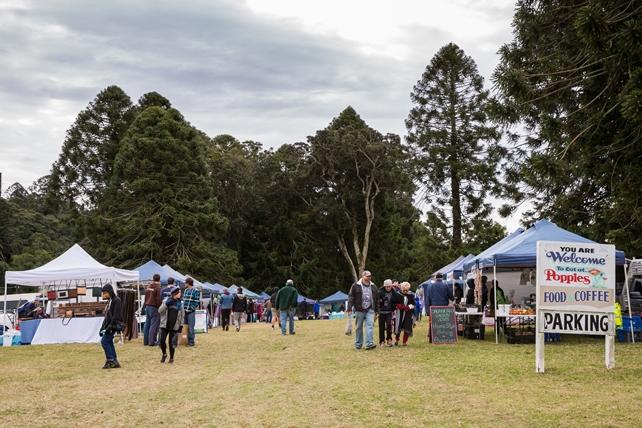
Friendly wildlife
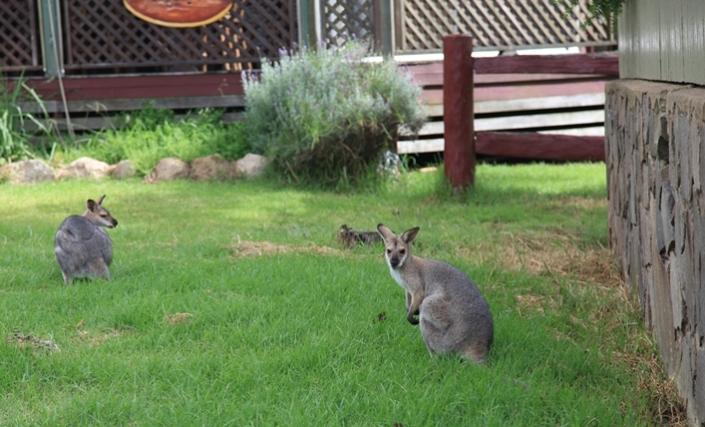
INTERESTING FACT: The Bunya Mountains are home to 121 species of rare and precious birds. It is also the second oldest national park in Queensland.

